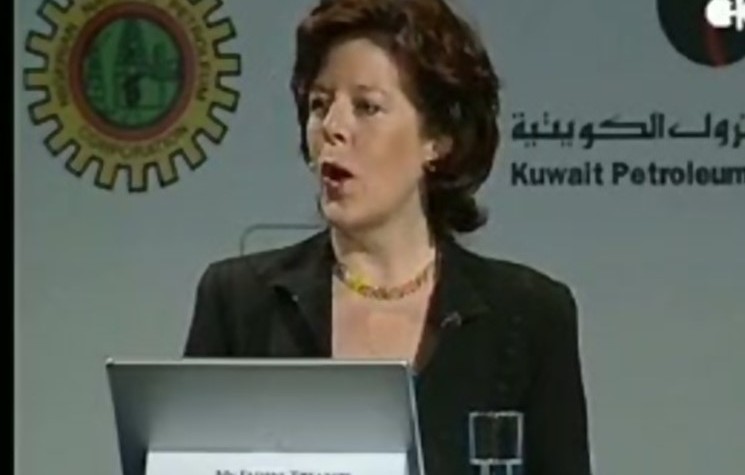Market Overview: Oil prices steady despite continuing oversupply in the global market

By Eithne Treanor
Abundant oil supply on the global market kept the oil price steady this week though a rise in US inventories was bearish. Stocks have been building for the past six-week in a climate of continuous production with little change in demand. In early trading on Friday, Brent crude was priced around US$60 with WTI now hovering above US$51 a barrel.
This week’s report from the Energy Information Administration showed US stocks up by 7.7 million barrels to a total of 425.6 million barrels. Inventory at Cushing, Oklahoma was at its highest point in 6 years with more than 46 million barrels in storage.
This is making the market nervous with many traders saying the April contract above US$52 a barrel is looking “mispriced.” Asian trading was quiet this week with exchanges closed for the Lunar New Year in China and other regional countries.
With a clear oversupply in the market, falling rig numbers are hitting home. Fewer rigs should mean less oil, but that reality is not to be found this month. Oil services company Baker Hughes will release its weekly report on Friday and its expected that the rig count in the US remain at its lowest since August 2011. Consultants Wood Mackenzie said the decline in onshore rigs could continue for several more months but it expects a leveling off around August at around a thousand rigs.
We’re seeing small sign of growth in the global economy, with better unemployment figures in the US according to the Labour Department. The Manufacturing PMI index in Japan is down month-on-month to 51.5 in February and the chief economist of the European Central Bank Peter Praet warned member countries of the hazards of delaying the introduction of quantitative easing.
China’s oil imports from Saudi Arabia were down this week as the country’s demand for energy has declined in recent years. The head of commodities research, Julian Jessop at Capital Economics in London says that the much-hyped “super-cycle” of rising commodity prices that was “driven by rapid growth in China since the early 2000s, probably ended some years ago.”
While we may see future growth cycles, the research house says that any rally in the oil price “is likely to be smaller in magnitude, and shorter in length.” The report goes on to observe that “commodities are still too important to the global economy and financial markets to ignore” and says that “the prices of many commodities have also fallen to attractive levels, particularly compared to other assets such as equities and bonds.”
Saudi Arabia is determined to hold on to market share and has recently offered discounts to favoured Asian clients. But with lower global demand, the country shipped 5.7 per cent less oil in 2014. According to new data from the International Energy Forum’s Joint Organisations Data Initiative, JODI, exports from Saudi Arabia dropped 5 per cent from November and stood just below 7 million barrels a day in December. Barclays oil analyst Miswin Mahesh says the market can expect up to 9 million barrels a day from Saudi Arabia in 2015 and American PIRA Energy says it expects production from Saudi to reach close to 10 million barrels a day this year.
The Capital Economics report says that “most commodity prices are, of course, much higher now than they were 50 or 100 years ago.” No one will disagree with that statement, as costs of nearly everything are higher. The report elaborates and says, “adjusting for the general level of inflation, the overall trend in real commodity prices has typically been flat, or downward even over very long periods.
The report explains “extended periods of strong performance by commodities are always likely to be the exception, rather than the norm.” Investors and traders are nervous and confused as some analysts are hinting at prices below US$20 a barrel but the reality appears to be that no one can predict where the price will go any time soon.
Crude oil demand is at its weakest at this time of year. With refinery turnaround season underway, high storage and inventories and excess supply on the market, few industry players are getting too excited about an increase in the oil price any time soon.
Comments (0)